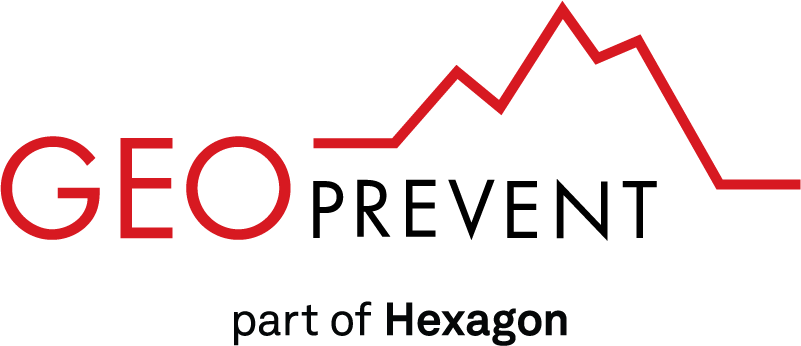Early Warning: Alarm or Warning System?
Climate change affects natural hazards and will cause more frequent and severe natural disasters in the future (SwissRe, 2014). Alpine regions are expected to face an increase in permafrost melting, floods, debris flows, rockfall and avalanches that can cause serious damage. In addition to direct damage costs, various indirect costs are generated, such as delays in transportation due to road or railway closures or business interruption losses. In 2012, the rockfall in Gurtnellen caused estimated costs of 10-20 million Swiss francs due to the interruption of railway services (Tagesanzeiger, 2012 in German).
In order to prevent damage and associated costs, early warning systems have proved highly beneficial. Early warning systems for natural hazards have seen tremendous development in recent years. They offer powerful and cost-effective alternatives as well as extension options to traditional structural measures (ISDR, 2007). Early warning systems enable preventative measures and damage reduction by providing early information on an imminent event.
Two categories of early warning systems
Early warning systems for natural hazards are classified into two categories: alarm and warning systems (Sättele et al., 2012). While warning systems detect precursors of a potential event and allow for early planning of according measures (days to weeks), alarm systems on the other hand detect the actual event itself with a short lead time (few seconds to minutes). Alarm system automatically trigger predefined measures if a certain threshold is exceeded.
Warning systems
Alarm systems
Warning systems detect precursors of an event. The lead times range from hours to weeks. These systems are suitable for natural hazard processes with slow and continuous development.
Measured values
Rainfall, snow depth, water level, deformation, temperature, activity (e.g. rockfall, avalanches), tremors
Expert judgement and “manual” triggering of predefined measures: Measured values development is interpreted by an expert who decides on the according measures that were previously defined within the alarm concept.
Alarm systems detect according events automatically. The lead times range from a few seconds to minutes. Alarm systems are applied in natural hazard processes with spontaneous or rapid triggering.
Velocity, deformation, pressure,
flow height, water level, tremors
Immediate and automatic measures: Automatic closures of roads, railway tracks as well as evacuations of endangered areas (e.g. construction sites). Alerting functions via prioritized services.
In some cases, it makes sense to combine alarm and monitoring systems. For example, the monitoring of Eiger glacier clearly demonstrates the benefits of a combined solution: While the georadar early recognizes increased glacial movement and allows to take according measures, e.g. closure of hiking trails, it is the avalanche radar that alarms the Jungfraubahn (train operator) automatically within a few seconds in case of a an actual severe event.
Interested to learn more? Find out here why electronic alarm and monitoring systems are beneficial for all.
